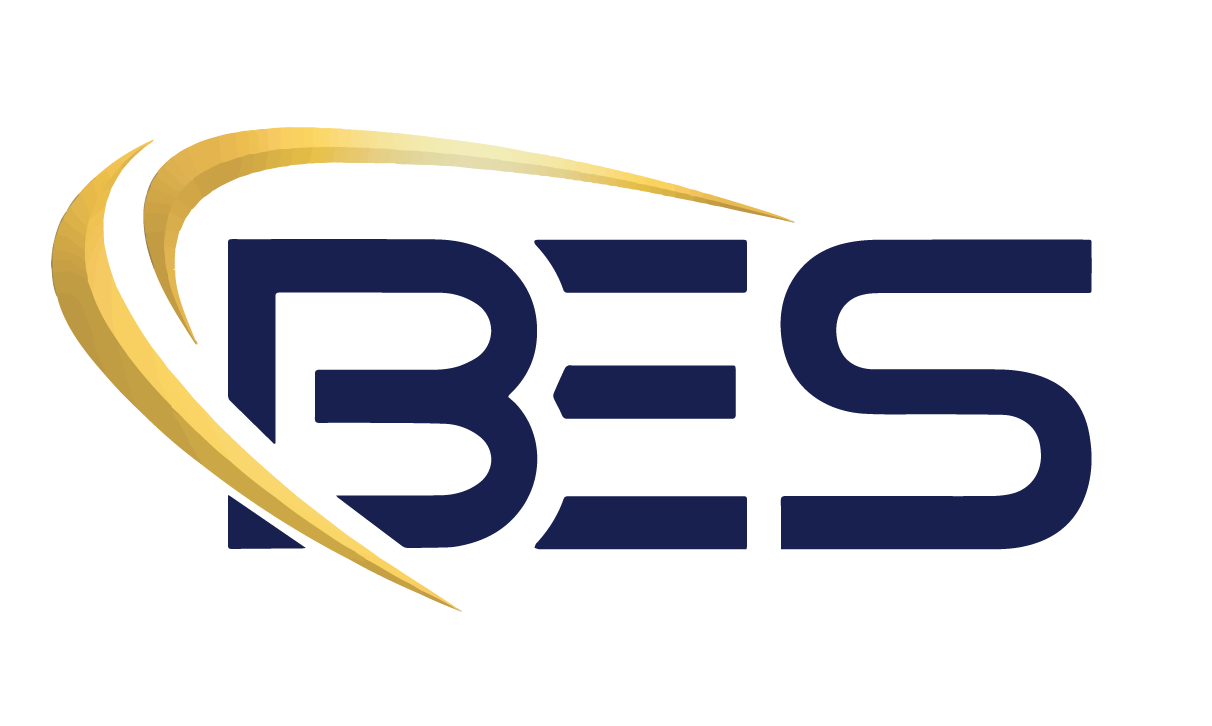Why Technologies Fail in Public Safety Organizations
2017 was a historic year in the United States for natural disasters. Three major hurricanes (Harvey, Irma, and Maria) impacted the nation. Major flooding impacted the west and the south, while ice storms pummeled the nation’s midsection. As of Oct 8, 2017, 1391 tornados have torn through the Midwest, 332 more than all of 2016. And unprecedented wildfires raged in the west.
Also 2017, technology solutions to public safety challenges were widely deployed. Geospatial tools are more prevalent than ever, modern data transfer and broadband technologies are available and resilient, crisis management solutions abound, and mobile applications are in the palm of responders’ hands everywhere. The community has spent millions of dollars on the procurement of these tools, deploying them in vehicles, operations centers, and responder kits at all levels of government.
Despite this investment, hundreds of public safety agencies affected by this year’s incidents struggled with the basics of situational awareness, information sharing, and decision support. Many times, these agencies had to call in various corporate disaster assistance programs, not to help them replace damaged infrastructure and augment over-burdened staff but to operationalize the basic capabilities of the technologies that they already own, but were unprepared to use in a large-scale crisis. This happened numerous times in 2017, and the question is, “why”?
One possible answer lies in the way technology is often deployed within public safety agencies. Many times, technology is deployed without standard operational procedures and is implemented in an organizational vacuum without a comprehensive vision, strategic plan, or defined end state.
The good news is that there is a playbook for successful technology implementation; the SAFECOM DHS Interoperability Continuum was developed with practitioner input “to assist emergency response agencies and policymakers to plan and implement interoperability solutions for data and voice communications.” This tool lays out 5 critical steps, in chronological order, to successfully implement technology solutions. While some of the individual maturity models are specific to interoperable communications (a SCIP, for example), the overall methodology holds true.
The lanes are:
Governance
Standard Operating Procedures (SOPs)
Technology
Training and Exercises
Usage
As a practical matter, both governance and SOPs should be looked at together. The work in each of these lanes is really inseparable and lays the foundation for everything else. Using information sharing as an example of why a technology would be purchased or modified;
Governance - Who is in charge? Who makes the decisions? What is your goal, strategic plan, or vision? How is your project to be organized, managed, and funded?
Standard Operating Procedures - What are the questions that you need answered, and for whom? What data do you need to answer those questions, and who owns it? Who has the right to modify it, and what is the cadence for updating that information? How does that data need to be analyzed and presented? What decisions are being made with the resultant information? Can I share that information with another organization, and if so, under what conditions?
It is only after Governance and Standard Operating Procedures have been established that new technology should be introduced. By following this recipe, the technology will enhance and support operations inherently instead of being isolated from or contrary to existing procedures. The resulting integrated SOP/technology capabilities can then be trained, exercised, and ultimately used on a daily basis, finishing the Continuum process.
Experience has shown that it is only through a comprehensive approach to preparedness, which includes the organization’s structure, planning, operational procedures, training/exercises, and all interoperable technologies, that a successful and sustainable program will be achieved. Obtaining current education, expertise, and mentoring is essential in evolving public safety’s culture to adopt and deploy new technology capabilities to support critical missions.
Bent Ear Solutions focuses on providing the incentive, experience, and know-how to help organizations effectively deploy existing and new technologies as a part of the way that they do business on a daily basis, based on a foundation of sound governance and operating procedures.
Modern technologies are interesting, exciting, and have the capability to transform public safety. Building a governance structure and evolving SOPs is difficult, time-consuming, and grinding work, but experience has shown that without them, even the most transformational technology’s potential will never be realized. It is time well spent.







